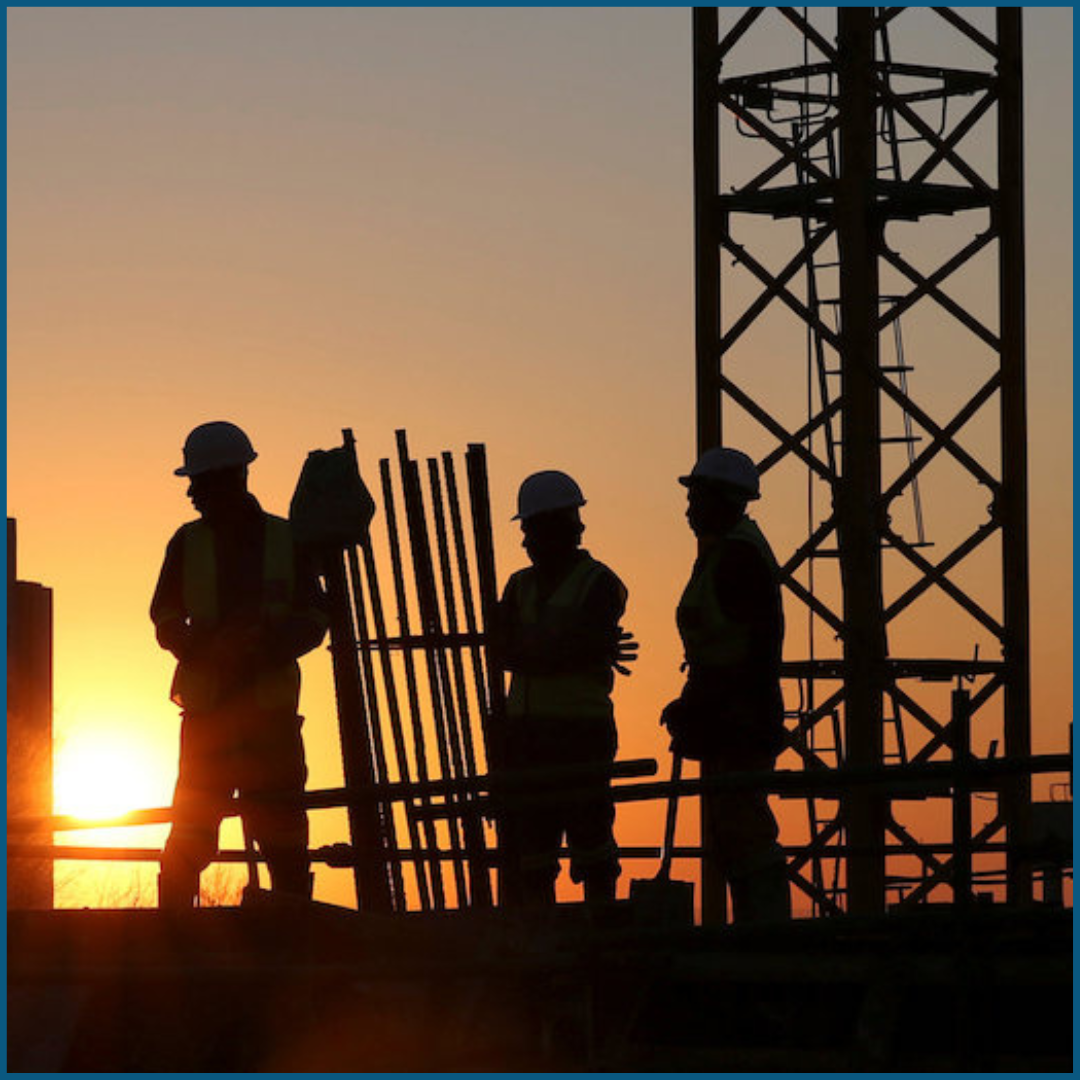Contributing to a More Respectful Workplace

We've reached Day 4 of Construction Inclusion Week 2022, and today's theme is Workplace Culture.
Establishing and maintaining a positive workplace culture means that everyone gets to experience a workplace that is inclusive and respectful. We also know that a good culture leads to increased safety and more productivity, providing higher value to our clients and allowing each and every worker to perform their best work.
Everyone must actively care for each other and ensure that everyone feels both physically and psychologically safe. Our work homes are where we spend our days, and they are where we gather the emotions, attitudes, and behaviors that we bring home to our families. We should expect to get a high level of respect and standard of care where we work. We must create workplaces which are equitable and meet the needs of all employees, industry-wide. We need to ensure workplaces are free of bias and harassment; where all are treated with respect; sites where our professional opinions are heard and valued and all have a seat at the table. Additionally, our clients appreciate and have come to expect a diverse and respectful workplace. This is not diversity on paper only, we need to foster collaborative and inclusive teams where everyone can do their best work and deliver for our clients.
How Employees Can Contribute to a More Respectful Workplace:
- Follow the "Platinum Rule," which is to treat people the way that "they" want to be treated.
- Do not participate or engage in activist/discussions etc. that offend, humiliate, or embarrass people.
- Speak up! If you witness disrespectful behavior, talk to the individuals involved or your superior.
- Offer support to an individual who was targeted. Encourage them to talk to the person(s) involved, or their supervisor.
- Be kind and polite.
- Recognize the work of your fellow coworkers.
- Deal with conflict in a respectful manner.
- Listen to what others have to say, before expressing your own viewpoint.
How Supervisors Can Contribute to a More Respectful Workplace:
- Lead by positive example.
- Listen to understand.
- Recognize individual strengths, weaknesses, and opinions.
- Acknowledge employee's accomplishments.
- Investigate complaints promptly.
- Encourages employees to resolve conflict in a respectful manner.
- Be inclusive and treat all employees fairly.
- Provide regular feedback to employees.
Simply said: When it comes to workplace culture, it has to be practiced and lived daily. Everyone has to be about it and not just talk about it.
5 HELPFUL LINKS:
1.) VIDEO: Workplace Culture Animated Short via Construction Inclusion Week
2.) Construction Culture: Why It Matters and How to Build It via Autodesk Construction Cloud
3.) Culture Under Construction: Why the Work is Never Truly Done When it Comes to Company Culture via Forbes
4.) 15 Tips for Building a More Inclusive Workplace in 2022 via WorkTango
5.) Inspiring Examples of Inclusive Workplace Cultures via Together
Learn more and find additional resources at www.constructioninclusionweek.com.











